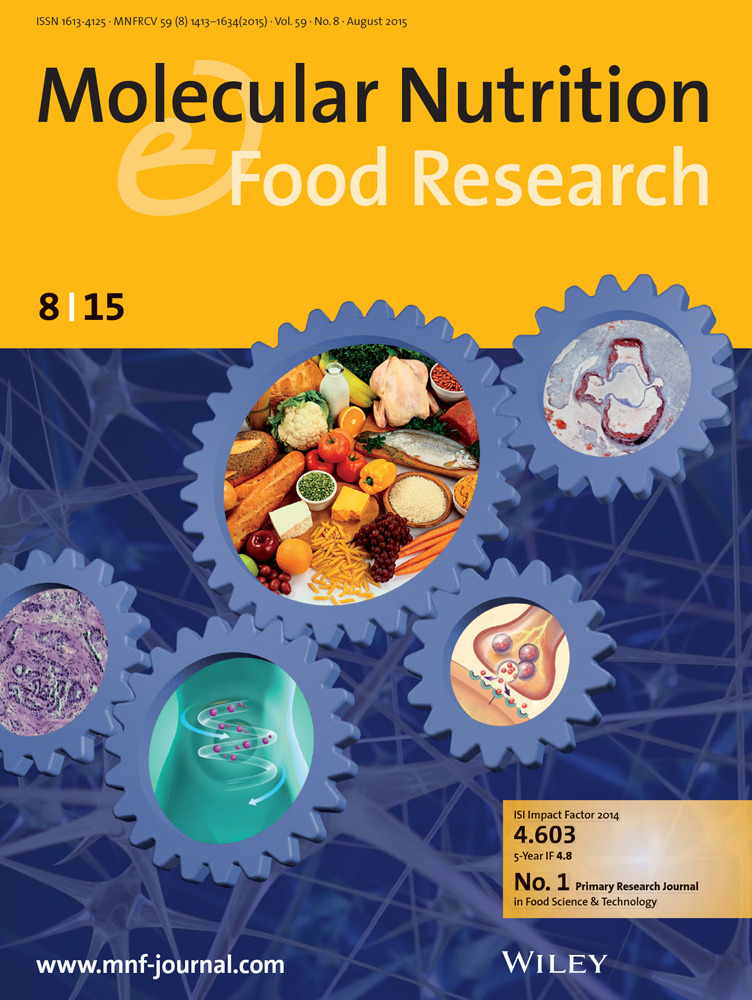Dihydromyricetin Promotes Glucagon-Like Peptide-1 Secretion and Improves Insulin Resistance by Modulation of the Gut Microbiota-CDCA Pathway
IF 4.5
2区 农林科学
Q1 FOOD SCIENCE & TECHNOLOGY
引用次数: 0
Abstract
Insulin resistance is a common metabolic disease, and its pathogenesis is still unclear. The decrease of glucagon-like peptide-1 (GLP-1) level mediated by the alteration of gut microbiota may be the pathogenesis. The study was to investigate the regulatory effect of dihydromyricetin (DHM) on GLP-1 level and insulin resistance induced by high-fat diet (HFD), and to further explore its possible molecular mechanism. Mice were fed an HFD to establish the model of insulin resistance to determine whether DHM had a protective effect. DHM could improve insulin resistance. DHM increased serum GLP-1 by improving intestinal GLP-1 secretion and inhibiting GLP-1 decomposition, associated with the alteration of intestinal intraepithelial lymphocytes (IELs) proportions and decreased expression of CD26 in IELs and TCRαβ+ CD8αβ+ IELs in HFD-induced mice. DHM could ameliorate GLP-1 level and insulin resistance by modulation of gut microbiota and the metabolites, particularly the regulation of chenodeoxycholic acid (CDCA) content, followed by the inhibition of farnesoid X receptor (FXR) expression in intestinal L cells and increased glucagon gene (Gcg) mRNA expression and GLP-1 secretion. This research demonstrates the role of “gut microbiota-CDCA” pathway in the improvement of intestinal GLP-1 levels in HFD-induced mice by DHM administration, providing a new target for the prevention of insulin resistance.

求助全文
约1分钟内获得全文
求助全文
来源期刊

Molecular Nutrition & Food Research
工程技术-食品科技
CiteScore
8.70
自引率
1.90%
发文量
250
审稿时长
1.7 months
期刊介绍:
Molecular Nutrition & Food Research is a primary research journal devoted to health, safety and all aspects of molecular nutrition such as nutritional biochemistry, nutrigenomics and metabolomics aiming to link the information arising from related disciplines:
Bioactivity: Nutritional and medical effects of food constituents including bioavailability and kinetics.
Immunology: Understanding the interactions of food and the immune system.
Microbiology: Food spoilage, food pathogens, chemical and physical approaches of fermented foods and novel microbial processes.
Chemistry: Isolation and analysis of bioactive food ingredients while considering environmental aspects.
 求助内容:
求助内容: 应助结果提醒方式:
应助结果提醒方式:


